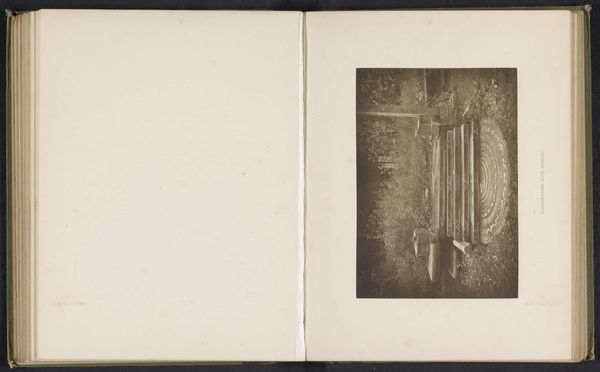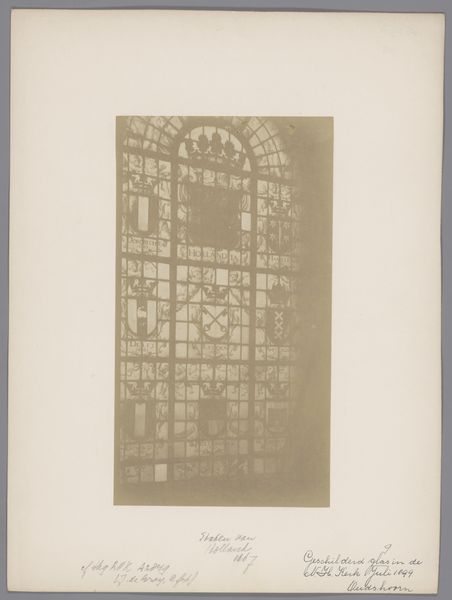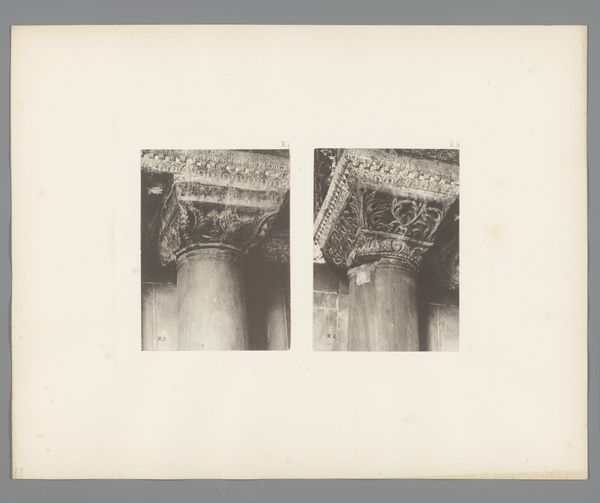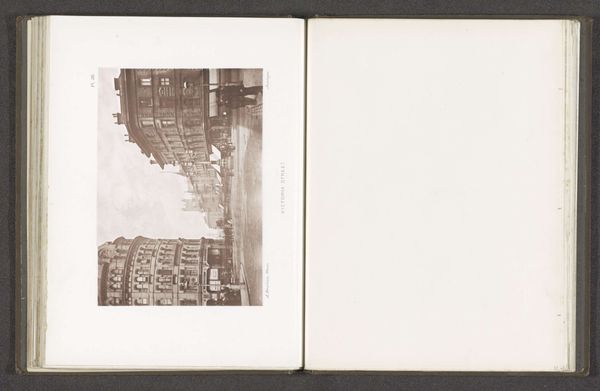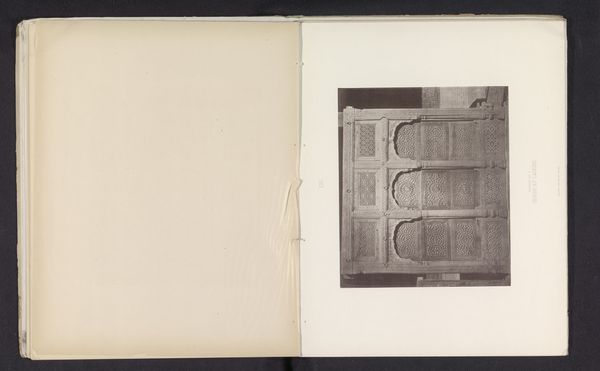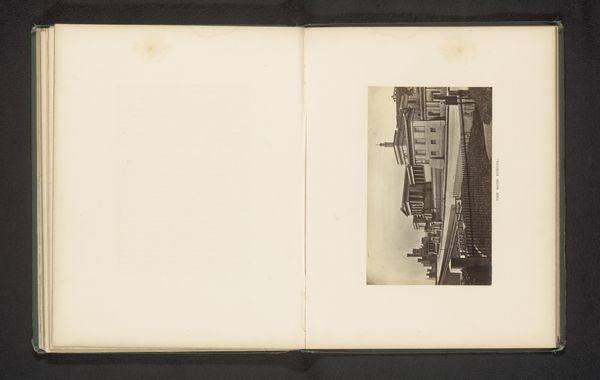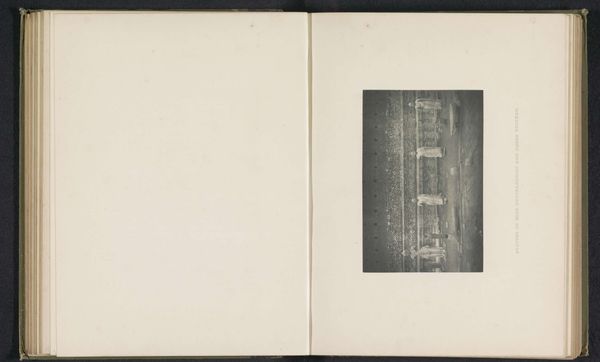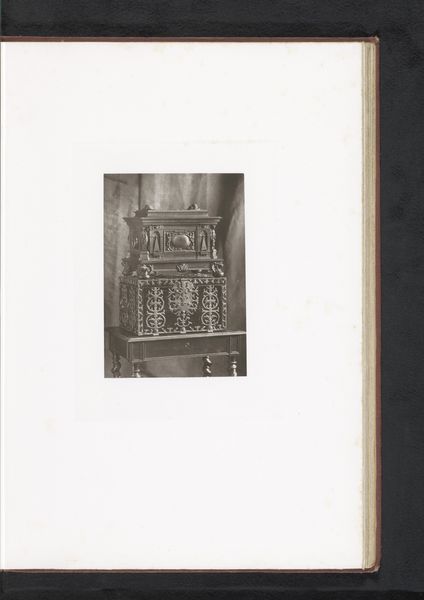
Detail van een gipsmodel voor de versiering van de tweede verdieping van het Pavillon de Turgot c. 1855 - 1857
0:00
0:00
print, photography
#
neoclacissism
# print
#
photography
Dimensions: height 378 mm, width 556 mm
Copyright: Rijks Museum: Open Domain
Editor: Here we have Édouard Baldus’ photograph, "Detail of a Plaster Model for the Decoration of the Second Floor of the Pavillon de Turgot," taken around 1855-1857. The geometry feels both powerful and austere. What can you tell me about it? Curator: This piece speaks volumes about the cultural memory inherent in Neoclassicism. Notice the way the architect is referencing the visual language of ancient Greece and Rome. What feelings do those architectural details evoke in you? Editor: Definitely a sense of grandeur and permanence. The clean lines and symmetry project stability, almost like a temple. Curator: Exactly. Now consider the context: this photograph documents a plaster model for a building in 19th-century Paris. Neoclassicism wasn't just about aesthetics, it was a statement. A visual connection to the perceived glory of past empires. Editor: So, it’s more than just copying old styles. The photograph becomes a cultural artifact too, capturing how people wanted to be seen and remembered? Curator: Precisely. The details are not simply decorative, they are imbued with layers of meaning, projecting power and order through familiar, historically loaded symbols. The repetitive patterns also indicate societal values of standardization. Does this inspire thoughts about present day continuations? Editor: It’s interesting how photography, itself a new medium at the time, was used to document this revival of ancient forms. This piece really highlights how even seemingly simple architectural details can hold a wealth of cultural and historical information. Thank you. Curator: Indeed. And perhaps seeing echoes of these symbolic forms in our present culture gives it renewed interest and relevance.
Comments
No comments
Be the first to comment and join the conversation on the ultimate creative platform.

